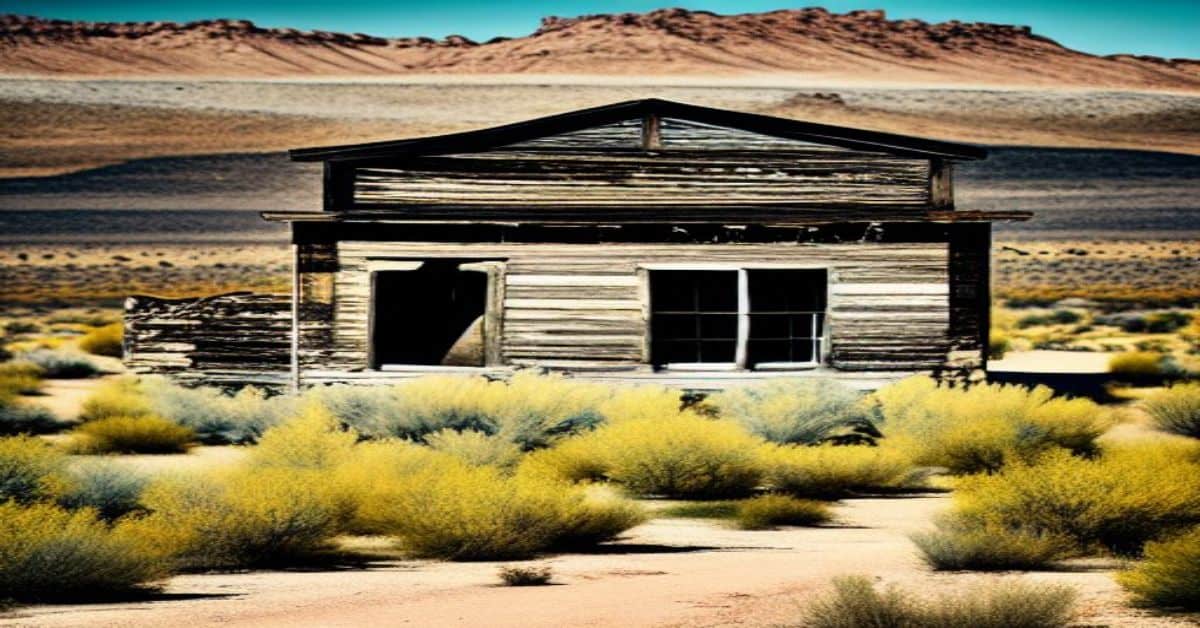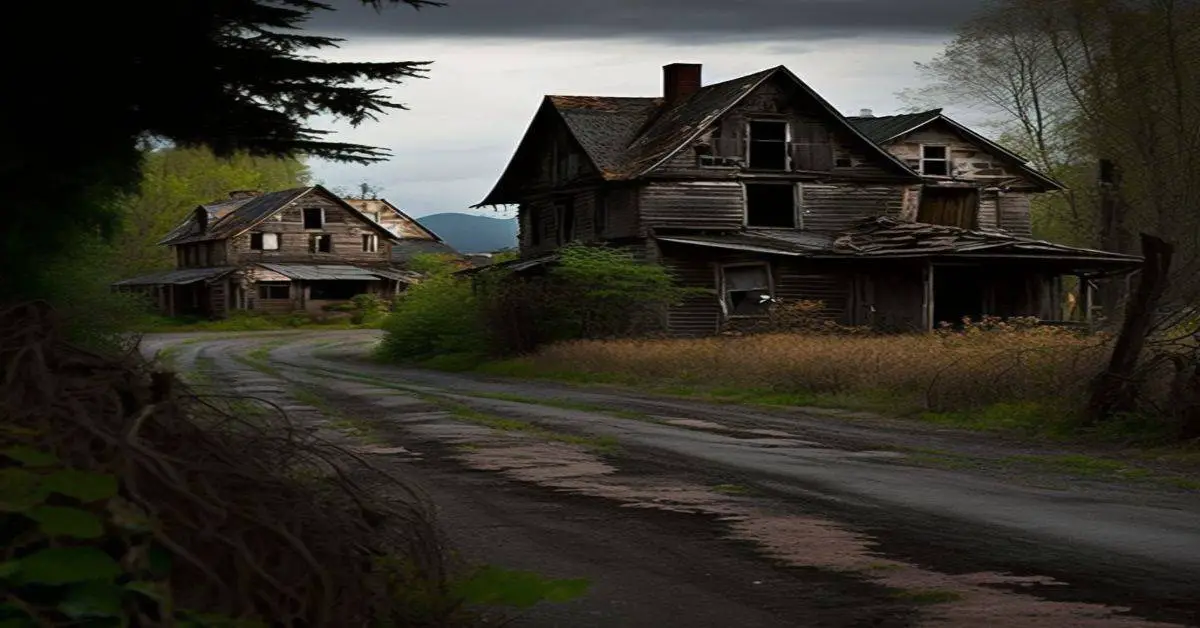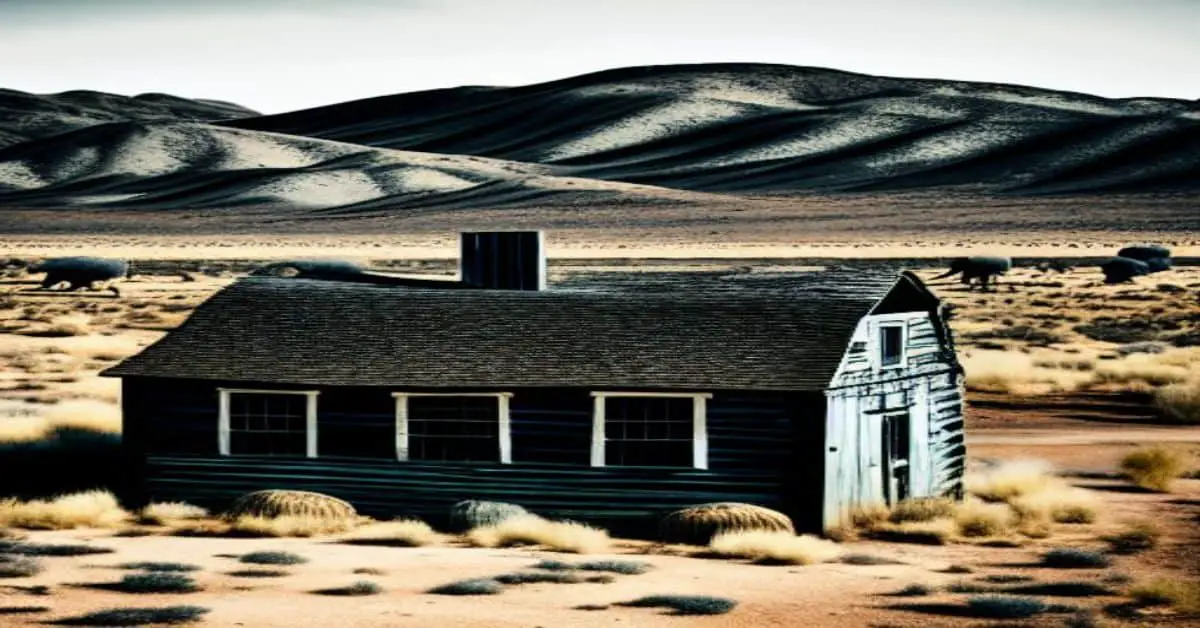Madison County, located in the southwestern region of Montana, is a fascinating destination for those interested in exploring the state’s rich history and natural beauty. The area is renowned for its numerous ghost towns, which glimpse the region’s mining and agricultural roots.
Visitors to Madison County can immerse themselves in the past by exploring the well-preserved buildings and museums of Virginia City and Nevada City, among other historic towns. Additionally, the Beaverhead-Deerlodge National Forest and Madison River provide ample opportunities for outdoor enthusiasts to hike, fish, and enjoy the region’s natural attractions.
Madison County’s ghost towns are a must-see destination for anyone interested in history and adventure. The area’s mining roots date back to the mid-19th century, and many of the well-preserved buildings and artifacts from that era can still be seen today. Visitors can explore the once-thriving towns of Virginia City and Nevada City, learning about the area’s gold rush history and the lives of the miners and settlers who called the region home.
Along with the historic attractions, the natural beauty of the region is a draw in itself, with stunning mountain ranges, forests, and rivers providing opportunities for hiking, fishing, and other outdoor activities. Whether you’re an avid history buff or simply looking for a unique travel experience, Madison County’s ghost towns are sure to leave a lasting impression.
Key Takeaways
- Madison County in southwestern Montana is known for its rich history, particularly its mining roots dating back to the mid-19th century.
- The area is famous for its numerous well-preserved ghost towns, including Virginia City and Nevada City, which offer visitors a glimpse into Montana’s past and have been transformed into museums, hotels, and music halls.
- Madison County also boasts natural attractions like the Beaverhead-Deerlodge National Forest and Madison River, providing opportunities for outdoor activities such as hiking, fishing, and hunting.
- Preservation efforts have been key to maintaining the cultural significance of Virginia City, with over 150 historic buildings still standing in the town’s original footprint.
History and Mining Roots
Madison County’s rich history of mining and agriculture is reflected in its numerous ghost towns, many of which were once thriving mining communities. The mining industry played a significant role in shaping the county’s economy and culture, attracting settlers from all over the world.
Madison County’s mining boom started in the 1860s when gold was discovered in Alder Gulch, leading to the establishment of Virginia City, which was once the territorial capital of Montana. As the mining industry grew, more and more communities were established, such as Pony, Laurin, and Waterloo.
Despite the decline of the mining industry in Madison County, the abandoned structures of the ghost towns have been preserved, offering a glimpse into Montana’s past. Many of the buildings that once housed saloons, hotels, and mining offices have been restored and transformed into museums, offering visitors a chance to learn about the area’s history.
The preservation of these ghost towns also serves as a reminder of the impact that the mining industry had on Madison County and the people who lived and worked there.
Famous Ghost Towns
One notable ghost town in southwestern Montana was once the territorial capital and has since been preserved as a living museum. Virginia City, located in Madison County, was founded in 1863 and quickly became a bustling mining town. It served as the territorial capital of Montana from 1865 to 1875, before being replaced by Helena.
Today, Virginia City has been preserved as a living museum, allowing visitors to step back and experience the town as it was during its heyday. Preservation efforts have been key to maintaining Virginia City’s cultural significance. In the 1940s, a group of citizens formed the Virginia City Restoration Foundation to save the town from decay and neglect. They worked to restore the historic buildings, and today over 150 buildings still stand in Virginia City’s original footprint.
Visitors can explore the town’s saloons, hotels, and shops, and even take a stagecoach ride. Virginia City’s preservation efforts have made it a popular destination for history buffs and tourists alike, ensuring that the town’s rich history will be remembered for generations.
The Nevada City Hotel and Music Hall is a popular attraction in Virginia City, offering visitors a glimpse into the past with its vintage decor and live music performances. The Virginia City Players, founded in 1948, perform melodramas and musicals in the historic Opera House. The Virginia City National Historic Landmark District includes over 500 buildings, many of which have been restored to their original condition, giving visitors a sense of what life was like in a 19th-century mining town.
Exploring and Attractions
Visitors to southwestern Montana can explore the rich history of former mining communities through preserved buildings and natural attractions. Madison County offers a unique opportunity to revisit and witness the remnants of Montana’s mining past.
The ghost towns of Pony, Laurin, Waterloo, Virginia City, and Nevada City can be accessed by car or hiking trails. These towns have been preserved to showcase the area’s history, including the architecture, businesses, and cultural practices of the time.
In addition to the historic buildings, Madison County is also home to various natural attractions, including the Beaverhead-Deerlodge National Forest and the Madison River. Visitors can hike through the forested trails and enjoy scenic views of the mountains, streams, and wildlife.
The area is also popular for fishing and hunting, with various species of fish and game available throughout the year. Whether you’re interested in history or outdoor recreation, Madison County’s ghost towns and natural attractions offer a memorable experience.
Frequently Asked Questions
What caused the decline of the mining industry in Madison County and the subsequent abandonment of many of its towns?
The decline of the mining industry in Madison County was due to various factors such as depleted resources, labor disputes, and the rise of other industries. This had a significant economic impact, leading to the abandonment of many towns.
Are there any haunted tales associated with the ghost towns of Madison County?
There are no documented haunted stories or supernatural encounters associated with the ghost towns of Madison County. However, the eerie atmosphere and abandoned buildings may give visitors a spooky feeling.
How have the ghost towns of Madison County been able to preserve their historic buildings and artifacts?
Despite the lack of funding, Madison County’s ghost towns have been able to preserve their historic buildings and artifacts through innovative preservation methods and community involvement. The community’s passion for preserving their past has led to creating living museums and educational programs.
What is the best time of year to visit Madison County’s ghost towns?
The best seasons to visit Madison County’s ghost towns are summer and fall, with recommended tours available for visitors. Summer offers opportunities for hiking and outdoor exploration, while fall presents stunning foliage and the chance to attend the annual Montana Heritage Commission’s “Ghost Adventures”event.
Are there any unique or surprising features of Madison County’s ghost towns that visitors might not expect?
Madison County’s ghost towns feature unique architecture and cultural significance, with preserved buildings showcasing the area’s rich mining and agricultural history. Visitors may be surprised by the intricate details and well-preserved structures, offering an immersive experience of Montana’s past.


